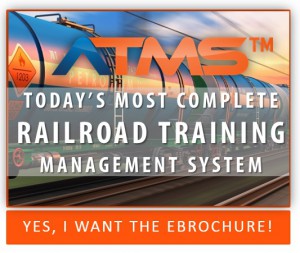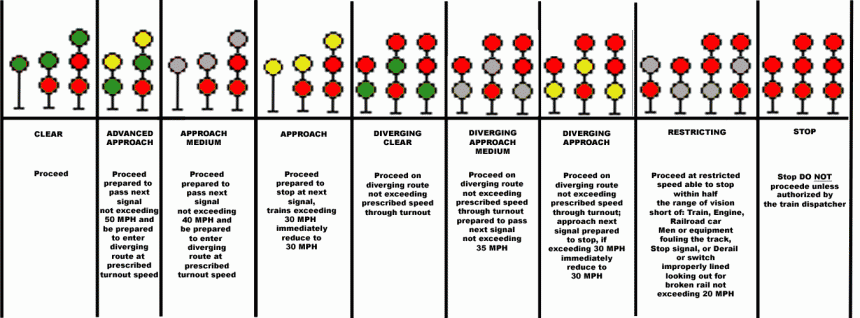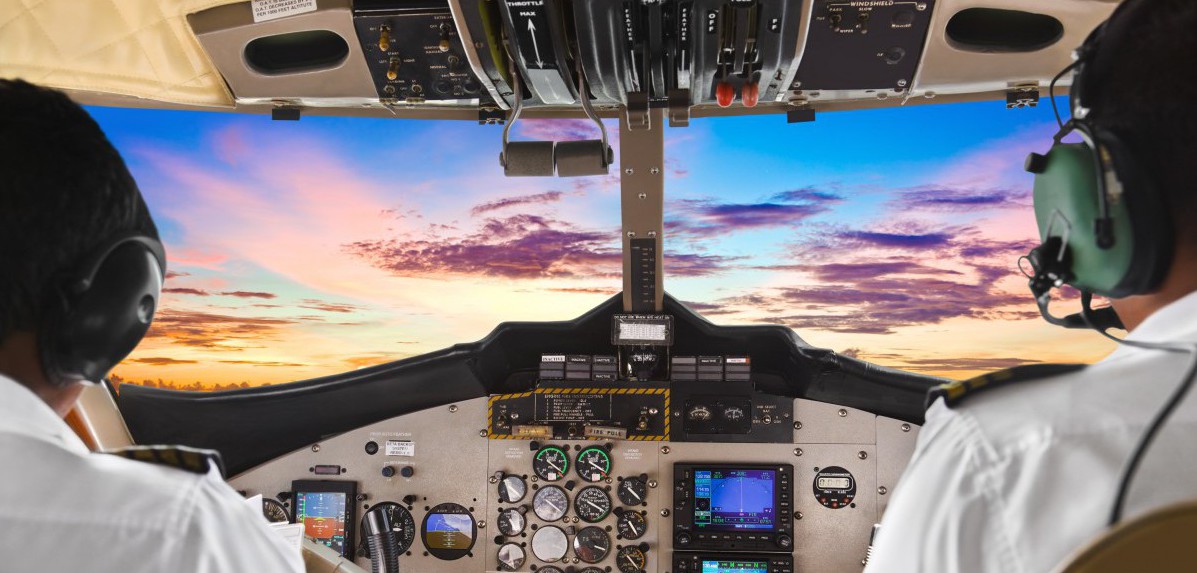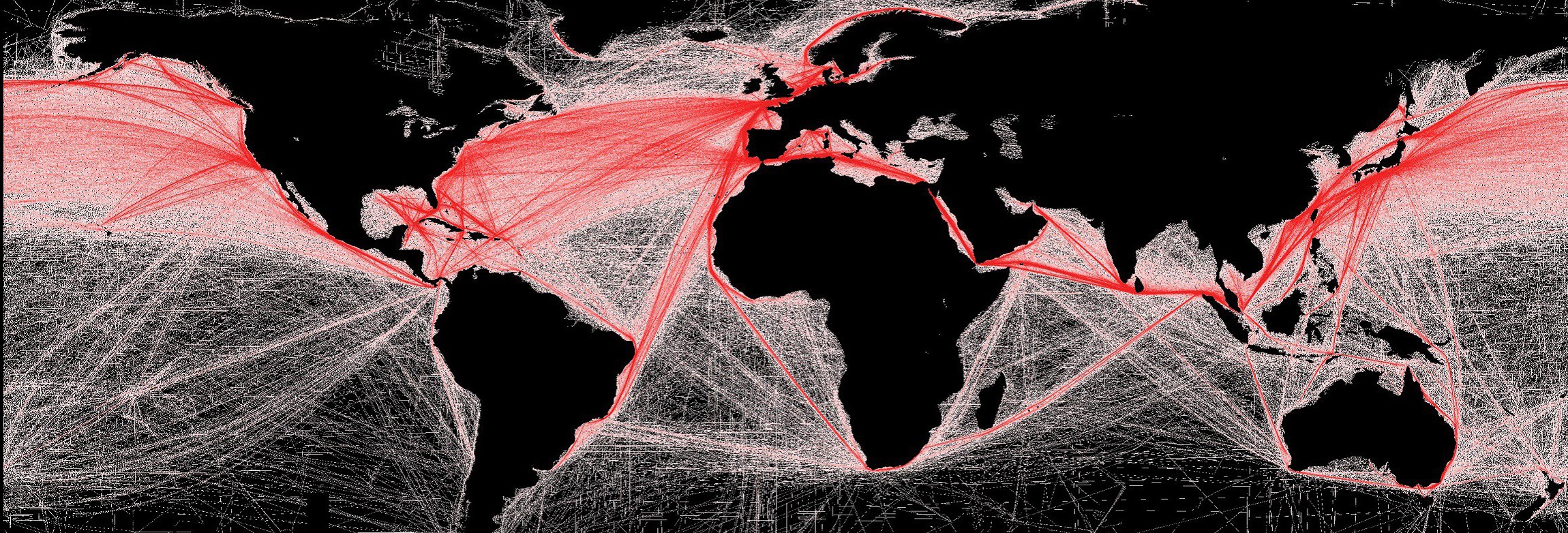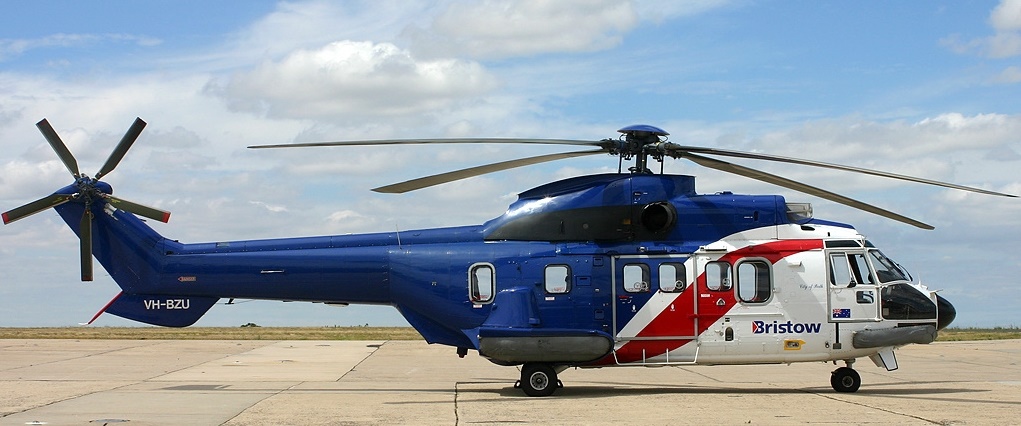Federal Rail Association Urges DOT to Conduct Railroad Traffic Signal Inspections
Federal Rail Association Urges DOT to Conduct Railroad Traffic Signal Inspections

U.S. Transportation Secretary Anthony Foxx
WASHINGTON –The Federal Railroad Administration (FRA) today called on state departments of transportation to verify that railroad crossing warning systems interconnected to traffic lights function properly. The agency also urged states to add event recorders to traffic lights connected to railroad crossing systems so information obtained during inspections can be used to improve safety. Across the United States, there are nearly 5,000 railroad crossings interconnected with traffic lights. View a state-by-state list of crossings connected to traffic lights: http://www.fra.dot.gov/eLib/Details/L17343
“Reducing fatalities at railroad crossings is an achievable goal. But we can only achieve it if federal, state and local governments work together with railroads to verify that these crossings connected to traffic lights work properly,” said U.S. Transportation Secretary Anthony Foxx.
“I have made improving railroad crossing safety a top priority of mine because I know that we can and must do better,” FRA Administrator Sarah E. Feinberg wrote in a letter to the heads of state departments of transportation across the country. “But the Federal Railroad Administration cannot solve this problem on its own. Unless we work closely with state and local officials, law enforcement, railroads and transportation officials, and other stakeholders, we will not have the impact we are striving for and we will not save as many lives. But working together, I know we can do more to prevent these incidents.”
While railroads are required to inspect lights and gates at railroad crossings monthly, FRA has urged states before—and is doing again today in a letter with an attached safety advisory—to have traffic experts periodically join railroads on those inspections. During those joint inspections, traffic experts and railroads should verify that the traffic lights and crossing lights are properly sequenced and enough time is provided for traffic to clear from a nearby intersection before a train enters a crossing.
“Simply put: We strongly recommend that state and local transportation officials, together with railroad officials, visit crossings in their region and monitor and test crossing signals and adjacent traffic signals to ensure that the signals are synced and operating properly,” Feinberg wrote.
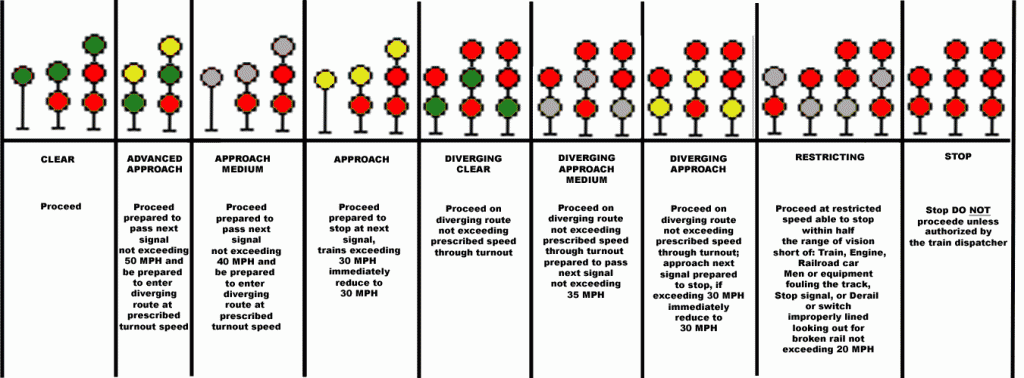 Last year, FRA launched a new, comprehensive campaign to reverse the recent uptick in railroad crossing fatalities. The campaign includes partnering with Google and other tech companies to use FRA data that pinpoints the country’s 200,000 railroad crossings to add visual and audio alerts to map applications. FRA has also worked with local police to increase enforcement around railroad crossings.
Last year, FRA launched a new, comprehensive campaign to reverse the recent uptick in railroad crossing fatalities. The campaign includes partnering with Google and other tech companies to use FRA data that pinpoints the country’s 200,000 railroad crossings to add visual and audio alerts to map applications. FRA has also worked with local police to increase enforcement around railroad crossings.
In 2010, the Federal Railroad Administration reminded states across the country in a safety advisory of the importance of ensuring that railroad crossing systems and traffic signal systems are coordinated with each other and work properly to control traffic flow at and near railroad crossings. Safety has always been paramount since FRA’s establishment in 1966. While the number of incidents, deaths and injuries has declined since then, FRA remains committed to reducing the annual number of crossing fatalities to zero.
Read Administrator Feinberg’s full letter below:
In my first year as Federal Railroad Administrator and Acting Administrator, few issues have been as important to me as improving safety at railroad crossings. As you may know, in 2014, 267 people were killed in accidents involving trains and vehicles. Incidents at rail crossings are the second leading cause of death and injury on or near railroad tracks.
I am reminded of the critical importance of doing everything we can to avoid these tragic incidents as I look back on the Metro-North commuter train crash in Valhalla, NY that killed 6 people and injured 15 in February 2015, and the more recent incidents in Louisiana and Oregon that killed a total of nine more.
I have made improving railroad crossing safety a top priority of mine because I know that we can and must do better. But the Federal Railroad Administration cannot solve this problem on its own. Unless we work closely with state and local officials, law enforcement, railroads and transportation officials, and other stakeholders, we will not have the impact we are striving for and we will not save as many lives. But working together, I know we can do more to prevent these incidents.
I write you today to urge you to take some specific actions that I believe will dramatically improve railroad crossing safety.
In 2010, the Federal Railroad Administration advised your state, and states across the country, of the importance of ensuring that railroad crossing systems and their connected highway traffic signal systems are coordinated and functioning properly to control traffic flow at and near railroad crossings. I know each of you knows so well that it is critically important for vehicle traffic to flow properly towards and away from crossings – ensuring that vehicles do not line up across railroad tracks while waiting for traffic to move.
Specifically, on October 1, 2010, the FRA released a Safety Advisory entitled “Signal Recording Devices for Highway-Rail Grade Crossing Active Warning Systems that are interconnected with Highway Traffic Signal Systems.” The purpose of the Safety Advisory was to urge state and local transportation officials to remain vigilant in maintaining and enhancing the rail crossing, and traffic signals connected to highway-rail crossings. A copy of this Safety Advisory is enclosed for your quick reference.
As you will see, the 2010 Safety Advisory recommends that States, local highway authorities, and railroads install, maintain, and upgrade railroad and highway traffic signal recording devices at rail crossings equipped with active warning devices that are interconnected with highway traffic signals. This Safety Advisory also recommends that States, local highway authorities, and railroads conduct comprehensive, periodic joint inspections of highway traffic signal pre-emption interconnections, and use information obtained from any signal recording devices during those inspections to improve safety. Simply put, we strongly recommend that state and local transportation officials, together with railroad officials, visit crossings in their region, and monitor and test crossing signals and adjacent traffic signals to ensure the signals are synced and operating properly.
I commend you and your team for the many steps you have already taken to improve safety at rail crossings. I know local and state officials work hard to ensure their transportation network is as safe as it can be. But we believe it is critically important for you to take this additional step to save lives.
Since the Congress created the Federal Railroad Administration in 1966, safety has been the driving principle of our agency. While the number of incidents, deaths and injuries at rail crossings has declined over the last fifty years, the Federal Railroad Administration remains committed to reaching our goal of zero fatalities and injuries at grade crossings. In the coming weeks, you will hear more from me, and from our railroad crossing team at FRA, about additional opportunities to improve safety, and how to access much needed funding for railroad crossing safety enhancements.
For additional information, please visit the FRA website at http://www.fra.dot.gov, or contact Jamie Rennert, Acting Director, Office of Program Delivery, at Jamie.Rennert@dot.gov.
Sincerely,
Sarah E. Feinberg
Administrator
Railroad Training Software to Ensure Safety & Compliance
